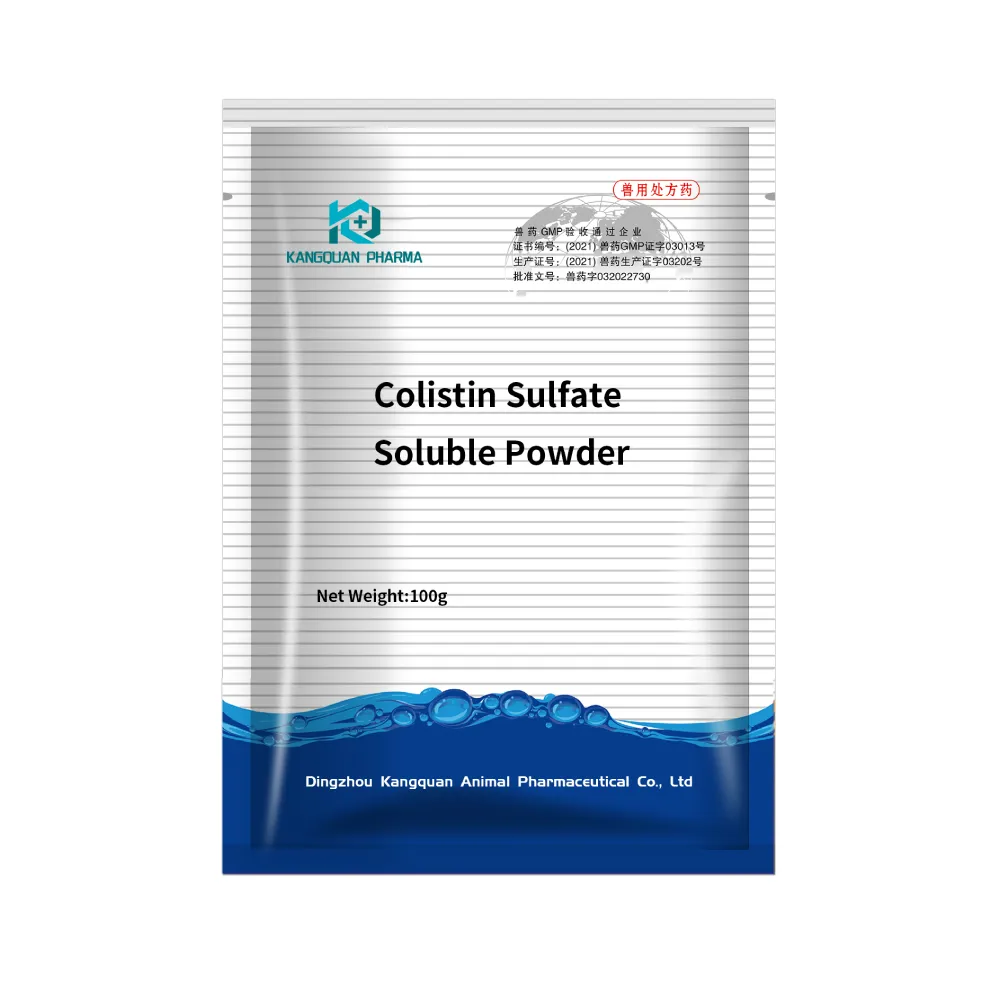- Afrikaans
- Albanian
- Amharic
- Arabic
- Armenian
- Azerbaijani
- Basque
- Belarusian
- Bengali
- Bosnian
- Bulgarian
- Catalan
- Cebuano
- Corsican
- Croatian
- Czech
- Danish
- Dutch
- English
- Esperanto
- Estonian
- Finnish
- French
- Frisian
- Galician
- Georgian
- German
- Greek
- Gujarati
- Haitian Creole
- hausa
- hawaiian
- Hebrew
- Hindi
- Miao
- Hungarian
- Icelandic
- igbo
- Indonesian
- irish
- Italian
- Japanese
- Javanese
- Kannada
- kazakh
- Khmer
- Rwandese
- Korean
- Kurdish
- Kyrgyz
- Lao
- Latin
- Latvian
- Lithuanian
- Luxembourgish
- Macedonian
- Malgashi
- Malay
- Malayalam
- Maltese
- Maori
- Marathi
- Mongolian
- Myanmar
- Nepali
- Norwegian
- Norwegian
- Occitan
- Pashto
- Persian
- Polish
- Portuguese
- Punjabi
- Romanian
- Russian
- Samoan
- Scottish Gaelic
- Serbian
- Sesotho
- Shona
- Sindhi
- Sinhala
- Slovak
- Slovenian
- Somali
- Spanish
- Sundanese
- Swahili
- Swedish
- Tagalog
- Tajik
- Tamil
- Tatar
- Telugu
- Thai
- Turkish
- Turkmen
- Ukrainian
- Urdu
- Uighur
- Uzbek
- Vietnamese
- Welsh
- Bantu
- Yiddish
- Yoruba
- Zulu
8 月 . 29, 2024 02:03 Back to list
Tylosin Injection - Powerful Antibiotic for Livestock Health
Tylosin Injection An Overview
Tylosin injection is a commonly used veterinary antibiotic that belongs to the macrolide class of antibiotics. It is primarily effective against a variety of bacterial infections in livestock, poultry, and sometimes in companion animals. This article explores the uses, mechanisms, dosage, and safety considerations associated with tylosin injection.
Mechanism of Action
Tylosin works by inhibiting bacterial protein synthesis, effectively stopping the growth of bacteria. It binds to the 50S subunit of the bacterial ribosome, which prevents the RNA from being properly translated into proteins. This action is particularly effective against Gram-positive bacteria and some Gram-negative bacteria, making it a versatile option in managing bacterial infections.
Uses in Veterinary Medicine
Tylosin is commonly used for the treatment of respiratory infections, enteritis, and other diseases caused by bacteria such as Mycoplasma and certain strains of Streptococcus. In livestock, particularly swine and poultry, tylosin is often administered to prevent and control diseases that are prevalent in crowded farming conditions. It plays a crucial role in livestock health management, helping to ensure the well-being of animals and optimize production.
In addition to its antibacterial properties, tylosin is also known for its effectiveness in promoting growth in livestock. This has led to its use as a feed additive, although its application for this purpose has been scrutinized due to concerns about antibiotic resistance.
tylosin injection

Dosage and Administration
Tylosin is typically administered via injection, which allows for rapid absorption into the bloodstream. The dosage varies depending on the species, the health status of the animal, and the type of infection being treated. For swine, the dosage may be around 10-20 mg per kg of body weight, administered once daily or as directed by a veterinarian. It is essential to follow veterinary guidelines closely, as improper use can lead to complications or inadequate treatment.
Safety Considerations
While tylosin injections are generally considered safe when used as directed, there are important considerations for both animals and humans involved. It is crucial to observe withdrawal times in food animals to ensure that tylosin residues do not enter the food supply. This is particularly important for livestock that will be slaughtered for meat production.
Additionally, there is a growing concern regarding antimicrobial resistance linked to the use of antibiotics in veterinary medicine. The overuse or misuse of tylosin can contribute to bacteria developing resistance, posing a risk to both animal and human health. Therefore, proper usage guidelines, strict adherence to withdrawal periods, and regular veterinary oversight are essential for minimizing these risks.
Conclusion
Tylosin injection plays a significant role in veterinary medicine, particularly in managing bacterial infections in livestock and poultry. Its effectiveness, when used appropriately, can enhance animal health and productivity. However, practitioners must remain vigilant about the implications of antibiotic use, including the potential for resistance. As the veterinary field continues to evolve, incorporating responsible antibiotic use practices will be crucial in safeguarding the health of both animals and humans alike. Regular consultation with veterinarians and adherence to established guidelines are essential for maximizing the benefits of tylosin while minimizing associated risks.
-
The Power of Radix Isatidis Extract for Your Health and Wellness
NewsOct.29,2024
-
Neomycin Sulfate Soluble Powder: A Versatile Solution for Pet Health
NewsOct.29,2024
-
Lincomycin Hydrochloride Soluble Powder – The Essential Solution
NewsOct.29,2024
-
Garamycin Gentamicin Sulfate for Effective Infection Control
NewsOct.29,2024
-
Doxycycline Hyclate Soluble Powder: Your Antibiotic Needs
NewsOct.29,2024
-
Tilmicosin Premix: The Ultimate Solution for Poultry Health
NewsOct.29,2024













